Frequently asked tomato questions by Mario Villarino
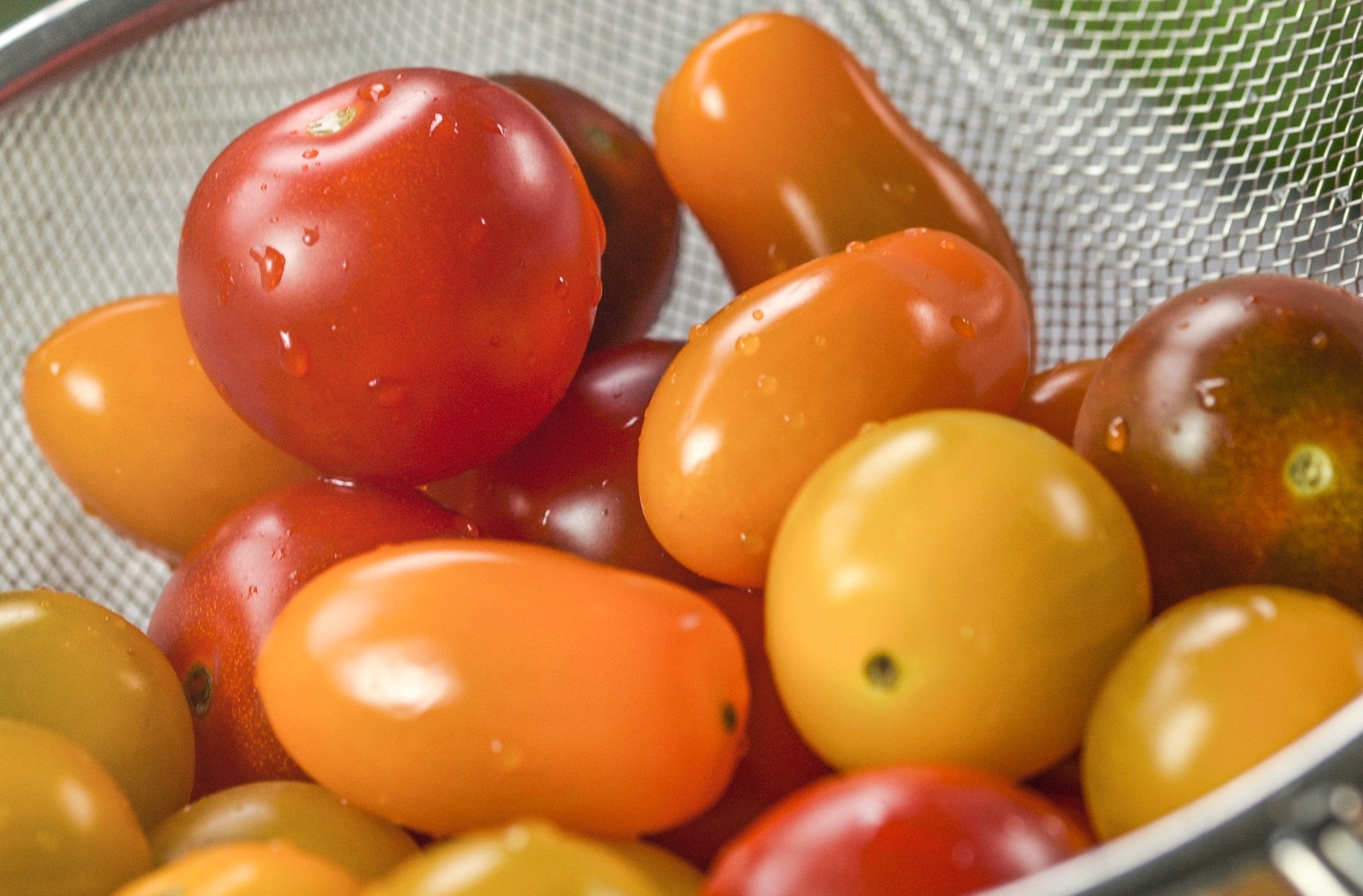
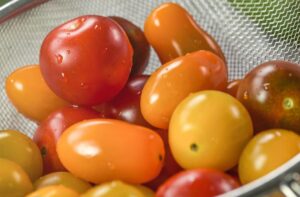 As temperatures starts to warm-up, gardeners get in the mood of working outside, visiting plant stores and enjoying the garden. This week has been a very pleasant one with sporadic rain and cold temperatures at night. In Hopkins County, we have several gardeners passionate about tomato plants and tomato plant gardening.
As temperatures starts to warm-up, gardeners get in the mood of working outside, visiting plant stores and enjoying the garden. This week has been a very pleasant one with sporadic rain and cold temperatures at night. In Hopkins County, we have several gardeners passionate about tomato plants and tomato plant gardening.
According to Texas A&M AgriLife extension, one of the strangest things about the history of the tomato (Lycopersicon esculentum) is the fact that, although it is of American origin, it was unknown as food in this country until long after it was commonly eaten in Europe. Until hardly more than a hundred years ago it was generally thought to be poisonous in the United States. Long before it was considered here as fit to eat, it was grown only as an ornamental garden plant, sometimes called “love apple.”
The mistaken idea that tomatoes were poisonous probably arose because the plant belongs to the Nightshade family, of which some species are truly poisonous. The strong, unpleasant odor of the leaves and stems also contributed to the idea that the fruits were unfit for food.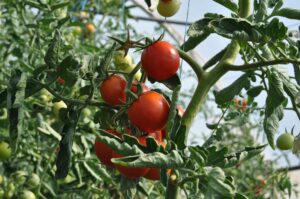
Our word “tomato” is but a slight modification of tomati, the word used by the Indians of Mexico, who have grown the plant for food since prehistoric times. Other names reported by early European explorers were tomatl, tumatle, and tomatas, probably variants of Indian words.
Cultivated tomatoes apparently originated as wild forms in the Peru-Ecuador-Bolivia area of the Andes. Moderate altitudes in that mountainous land abound today in a wide range of forms of tomato, both wild and cultivated. The cultivated tomato is very tender to cold and also rather intolerant of extremely hot or dry weather, a characteristic reflecting the nature of the climate in which it originated.
Not until after the Declaration of Independence do we find any record of the tomato as being grown in the United States. It was supposedly introduced to Philadelphia by a French refugee from Santo Domingo in 1789 and to Salem, Massachusetts, in 1802 by an Italian painter.
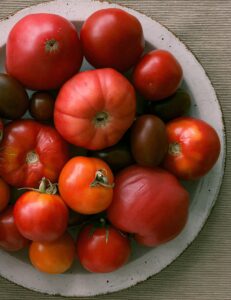 The various shapes and colors of tomatoes known today in the United States were found in America by the earliest explorers. Plant breeders have improved the size and smoothness of the fruit and the productivity of the plants, but have introduced nothing basically new in form or color.
The various shapes and colors of tomatoes known today in the United States were found in America by the earliest explorers. Plant breeders have improved the size and smoothness of the fruit and the productivity of the plants, but have introduced nothing basically new in form or color.
After having made good abroad, the tomato has attained great importance in its native hemisphere. Today, in the United States alone, hundreds of thousands of acres yield millions of tons of tomatoes.
Recommended Varieties of Tomato for Hopkins County
- Large: Better Boy, Big Beef, Bradywine, Early Big Red, Floradade, Mountain Glory, Pik Rite.
- Medium: Carnival, Celebrity, Golden Jubilee, Mountain Spring, Porter improved, Ultra Sweet.
- Paste: Chico, Roma.
- Small: Cherry Grande, Small Fry, Sunsugar.
It is important to remember that tomato plants are sensitive to cold weather. A frost protection method is recommended until all risk of cold weather in Hopkins County is over. 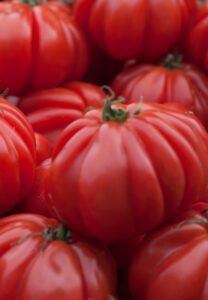
For more information on this or any other agricultural topic please contact the Hopkins County Extension Office at 903-885-3443 or email m-villarino@tamu.edu.
Contributed by Mario Villarino
[adning id=”33097″]












